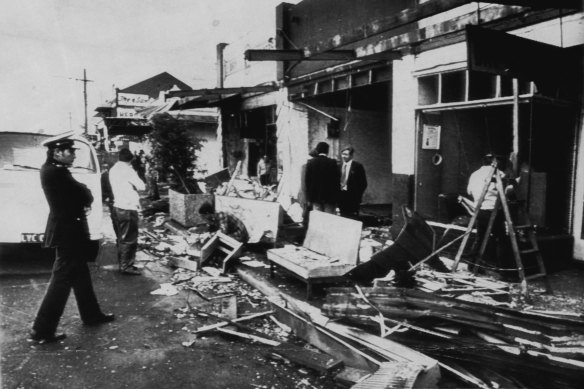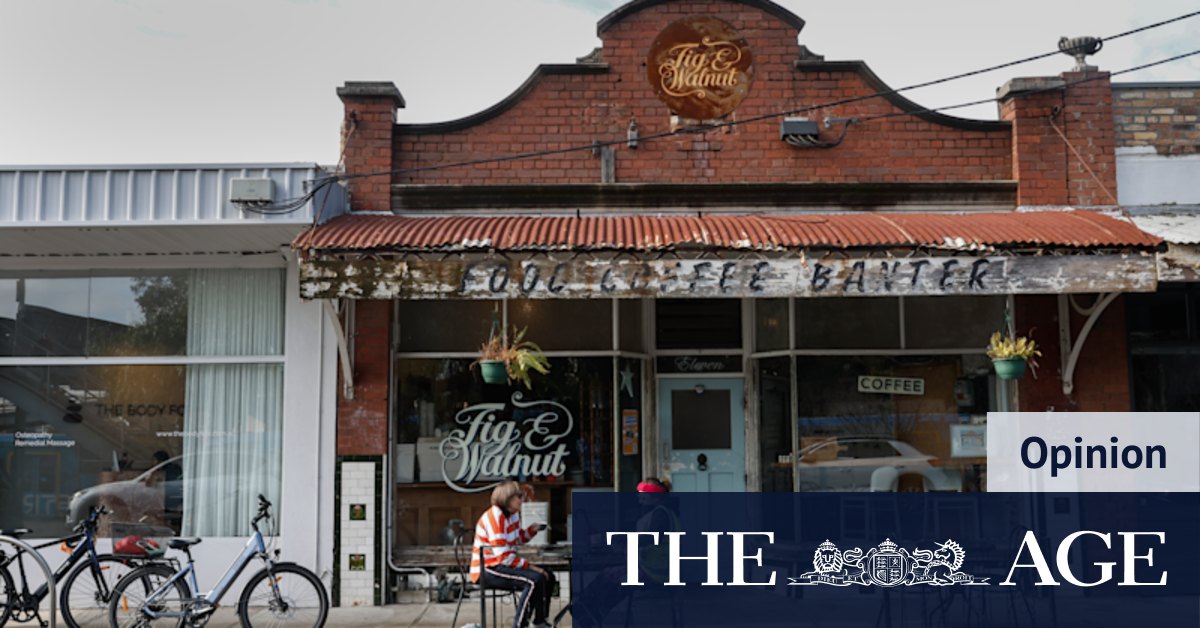Loading
The simple truth is that Seddon doesn’t have enough non-conformists creatively asserting their identity in the face of an oppressive and precarious system, by which I mean people in their 20s. As far as I know, there’s but one share house in the whole suburb, and while those kids seem pretty on-trend, a single household can’t do all the work for the rest of us. That’s gentrification, baby.
Heavy is the head that wears the crown of cool, after all. Seddonites walk lightly, free of the expectations that weigh down residents of Northcote or Prahran. Look elsewhere for your ironic fashion boutiques and froyo outlets and 24-hour gyms.
Here, we have zero tattoo dens but an abundance of yoga studios. There’s an excellent second-hand bookshop, where I once scored a bargain on a signed edition by some obscure Norwegian. Children’s swings hang from trees on the nature strips. Seddon even has its own WhatsApp group.
In these parts, we boast street libraries the way other suburbs have bubble tea franchises, and if Seddon itself were a book, it’d be a cosy read. It’s a suburb without many question or exclamation marks.
Flying under the radar has its benefits. I was once shopping around for better home insurance (as I said, not a party town) when the voice on the other end of the phone line emitted a confused grunt. “That can’t be right,” he murmured. “It says here there’s no crime in your suburb.” After triple-checking, he confirmed the report.
Sounds possible, I agreed. Sure, there’s shoplifting, and bikes get pinched, like anywhere else. There was a police chase a few years ago, but the car had no tyres and was going at walking pace. Even the cops didn’t seem too fussed by it all.

A Victoria Street travel agency was bombed in May 1975.
Oh, and I suppose there was the terrorist attack in 1975, when a gelignite bomb took out five shops and destroyed the windows of 20 houses. Given that a Yugoslav travel centre appeared to be the primary target, suspicions were directed towards the local Croatian community. A spokesperson told The Age: “We are the first to be accused,” which isn’t the most convincing of denials.
That was long before my time. I arrived here a decade ago, looking for somewhere a freelance arts journalist could even dream of buying, to find the various Eastern Europeans who migrated to Seddon in the 50s and 60s have put aside the historic grudges that have divided their homelands. The elderly men of these communities stroll the streets daily, hands folded behind their backs, and gather out the front of a Spanish cafe to hold court each evening. Being one-sixteenth Croatian myself, perhaps I will join them in my autumn years.
Loading
A suburb this small doesn’t have enough oxygen for people to get red in the face too often. Everyone sort of knows everyone else, at least by sight. One of my neighbours seems to be on a first-name basis with everyone who passes his verandah, while the greengrocer has nicknames for most of his customers. People on my block mind each other’s homes and feed each other’s pets when they’re away. I once found a stranger’s credit card on the street and knew the surname well enough to recognise which shop’s door I should slide it under.
None of this might be cool enough to make it onto any international list, but we’re fine with the anonymity. The crown of cool can be snatched away in an instant, but a sense of community lays down roots, even for relative newcomers like me. If anyone asks: yeah, we’re somewhere in the west.
John Bailey is a contributor to The Age.
The Opinion newsletter is a weekly wrap of views that will challenge, champion and inform your own. Sign up here.
